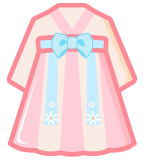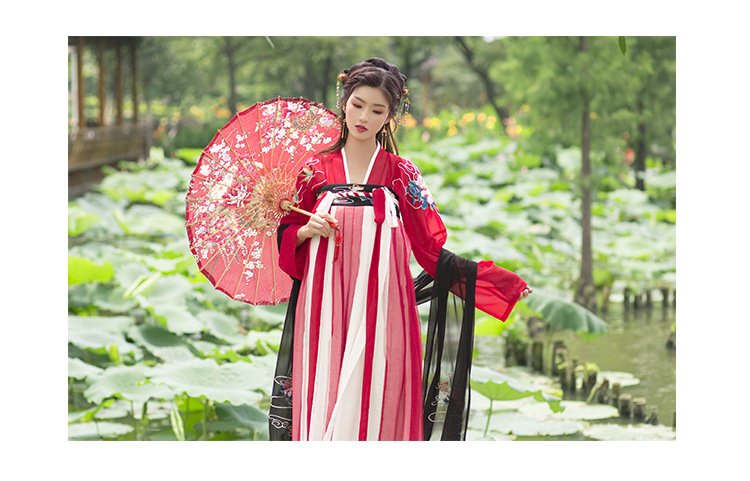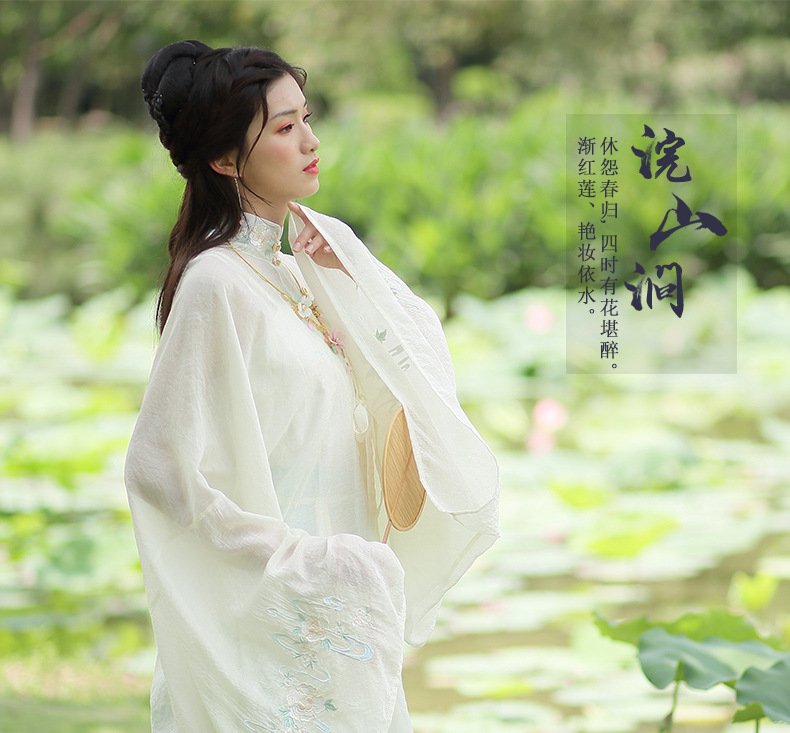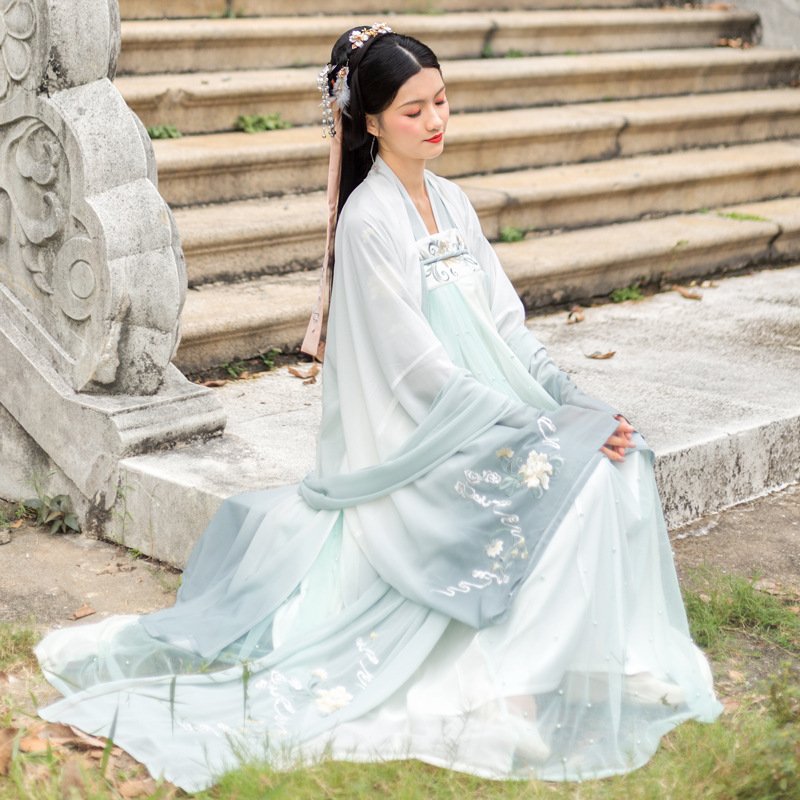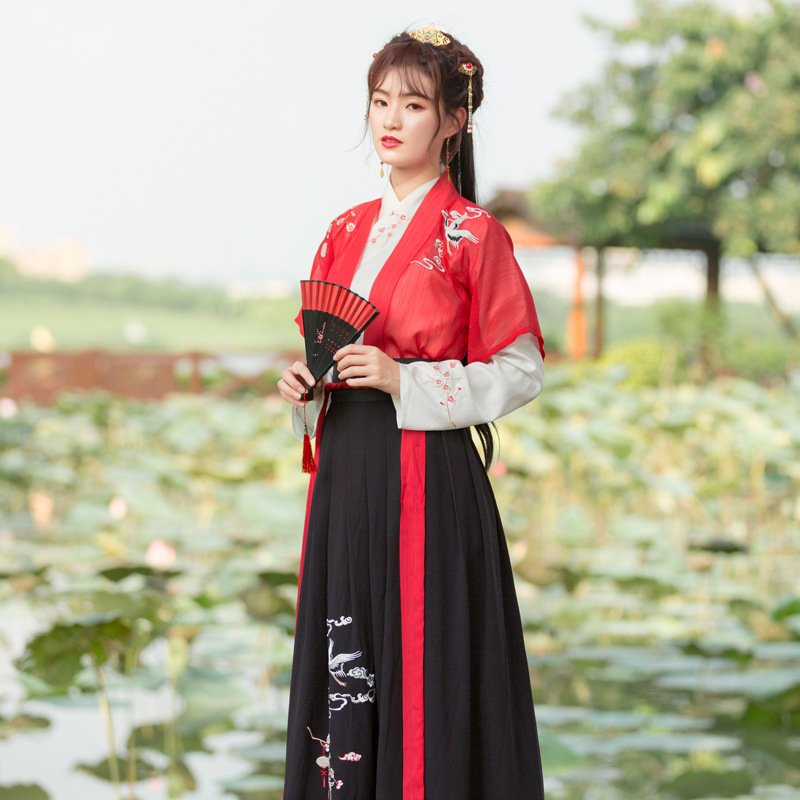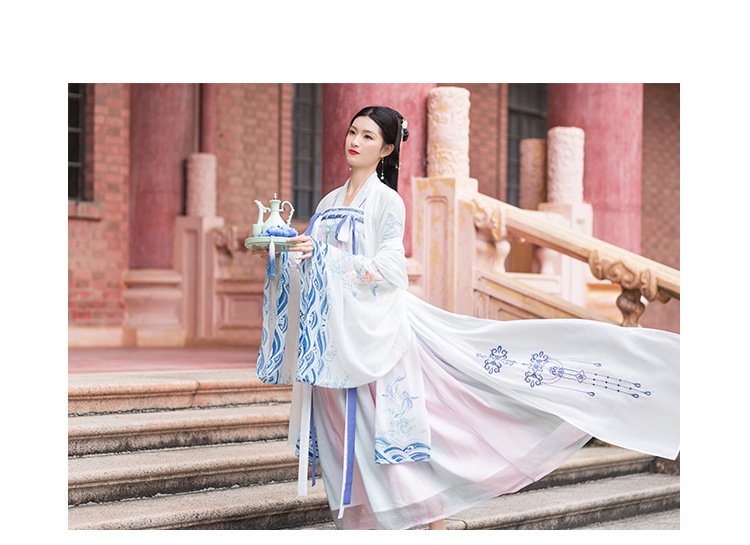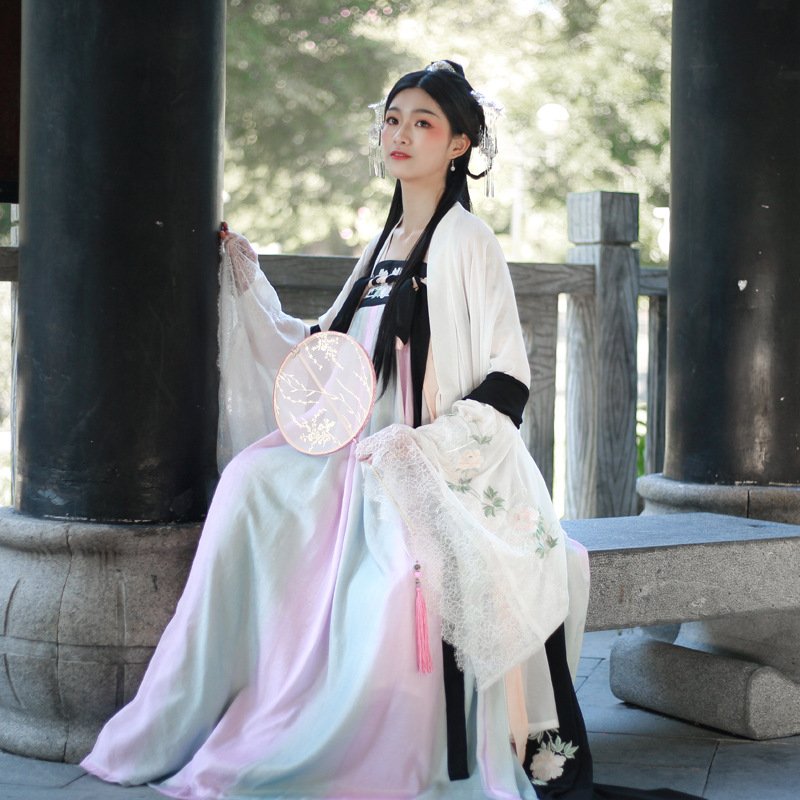Hanfu, the traditional attire of the Han Chinese, represents a rich cultural heritage that has evolved over thousands of years. Among the various dynasties, the Ming Dynasty (1368-1644) witnessed a resplendent period in the development of Hanfu dresses. The Ming Dynasty’s clothing style encapsulated the grandeur of the era, reflecting the ideals and aesthetics of the time. In this article, we delve into the intricate details of Hanfu dresses in the Ming Dynasty, exploring their symbolism, designs, social significance, and enduring influence. I. Origins and Influences:The Ming Dynasty inherited many design elements from its predecessors, notably the Tang (618-907) and Song (960-1279) Dynasties. However, the Ming Dynasty’s Hanfu dresses evolved to reflect its unique cultural, political, and artistic environment. The Ming style drew from a combination of classical elegance, practicality, and symbolic significance. II. Silhouette and Structure:Hanfu dresses during the Ming Dynasty consisted of several layers of garments, each contributing to the overall aesthetic and functionality. The primary components of a Ming-era Hanfu dress included the Ru (襦) or jacket, Qun (裙) or skirt, Duijin (对襟) or crossed-collar shirt, and Xiezi (鞋子) or shoes. The silhouette featured loose and flowing lines, with an emphasis on natural body curves. III. Fabrics and Colors:In the Ming Dynasty, Hanfu dresses were crafted using luxurious, high-quality fabrics that showcased the wearer’s social status and taste. Common fabrics included silk, brocade, and other fine materials. The colors ranged from vibrant hues to subtle tones, often symbolic of the season, occasion, or rank. Imperial family members and court officials enjoyed the privilege of wearing intricate patterns and designs, utilizing gold and silver threads. IV. Regional Styles:Hanfu dresses in the Ming Dynasty exhibited regional variations based on geography, climate, and cultural preferences. For instance, the northern style featured voluminous robes with wide sleeves, suitable for the often cold and harsh climate, while the southern style emphasized lighter fabrics and more refined details. Regional variations enriched the diversity and visual aesthetics of Hanfu dresses across the empire. V. Symbolism and Ornamentation:Hanfu dresses in the Ming Dynasty were imbued with deep symbolism. Embroidery, patterns, and accessories served as conduits for cultural and ideological messages. Dragon motifs symbolized imperial power, while plum blossoms represented virtue and resilience. In addition, ornaments like jade hairpins, belts, and decorative silk ribbons added a touch of elegance and refinement to the overall ensemble. VI. Social Significance:Wearing Hanfu dresses during the Ming Dynasty was not merely a fashion statement but also a reflection of an individual’s social status and identity. Different ranks and social classes adhered to specific dress codes, distinguishing the imperial family, nobles, officials, scholars, and commoners. The strict social hierarchy was highlighted through the intricate details and regulations surrounding clothing choices. VII. Enduring Influence:Despite the passage of time, the influence of Hanfu dresses in the Ming Dynasty has endured. Their timeless aesthetics and cultural significance have captivated artists, designers, and enthusiasts of Chinese culture worldwide. In modern times, the resurgence of interest in Hanfu dresses showcases a vibrant revival of traditional clothing, bridging the past with the present. VIII. Influences on Arts and Literature:The Hanfu dresses of the Ming Dynasty not only influenced fashion but also left a significant impact on the arts and literature of the period. Painters often depicted graceful figures wearing Hanfu dresses in their artworks, portraying ideals of beauty, elegance, and refinement. The literary works of renowned Ming scholars such as Tang Yin and Wen Zhengming often described the intricate details of Hanfu dresses, highlighting their role in reflecting the wearer’s character and social status. IX. Ritual and Ceremonial Attire:Hanfu dresses in the Ming Dynasty played a crucial role in various rituals and ceremonies. From imperial weddings and coronations to traditional festivals and ancestral rites, the type and style of Hanfu worn were carefully chosen to adhere to formalities and symbolize the significance of the occasion. The grandeur and splendor of Hanfu dresses added a sense of solemnity and reverence to these events, reinforcing traditional values and cultural identity. X. Egalitarian Shift and Decline:Towards the latter part of the Ming Dynasty, there was a noticeable shift in society towards a more egalitarian mindset. This transition resulted in changes to clothing styles and a relaxation of rigid dress codes. A growing emphasis on simplicity and functionality influenced the designs of Hanfu dresses, marking a departure from the elaborate and ornate attire of earlier periods. Additionally, external influences from foreign cultures, particularly from the Qing Dynasty, also contributed to the decline of traditional Ming-style Hanfu dresses. XI. Revival and Contemporary Adaptations:In recent years, there has been a significant revival of interest in traditional Hanfu dresses, including those from the Ming Dynasty. Enthusiastic communities and individuals have dedicated themselves to researching historical records, creating faithful replicas, and promoting the beauty and cultural significance of Hanfu dresses. This revival has sparked a renaissance in Hanfu fashion, with contemporary adaptations that blend traditional elements with modern aesthetics, appealing to a wider audience while honoring the legacy of Ming-era Hanfu dresses. XII. Preservation and Promotion:The preservation and promotion of Hanfu dresses from the Ming Dynasty have become a significant endeavor in recent years. Cultural organizations, museums, and dedicated individuals are working tirelessly to protect and showcase the beauty and historical value of Hanfu dresses. Exhibitions, fashion shows, and cultural events provide platforms for enthusiasts to share their knowledge, skills, and passion with a larger audience. Online communities and social media platforms have also played a vital role in raising awareness and fostering a sense of community among Hanfu enthusiasts worldwide. XIII. Challenges and Controversies:The growing popularity of Hanfu dresses has not been without challenges and controversies. Critics argue that the revival movement can sometimes border on cultural appropriation or a romanticized view of the past. Additionally, the lack of accurate historical records and original garments poses difficulties in recreating authentic Ming-era Hanfu designs. However, proponents assert that the revival movement is a genuine expression of cultural pride, artistic freedom, and a means to reconnect with the roots of Chinese heritage. XIV. Global Influence
